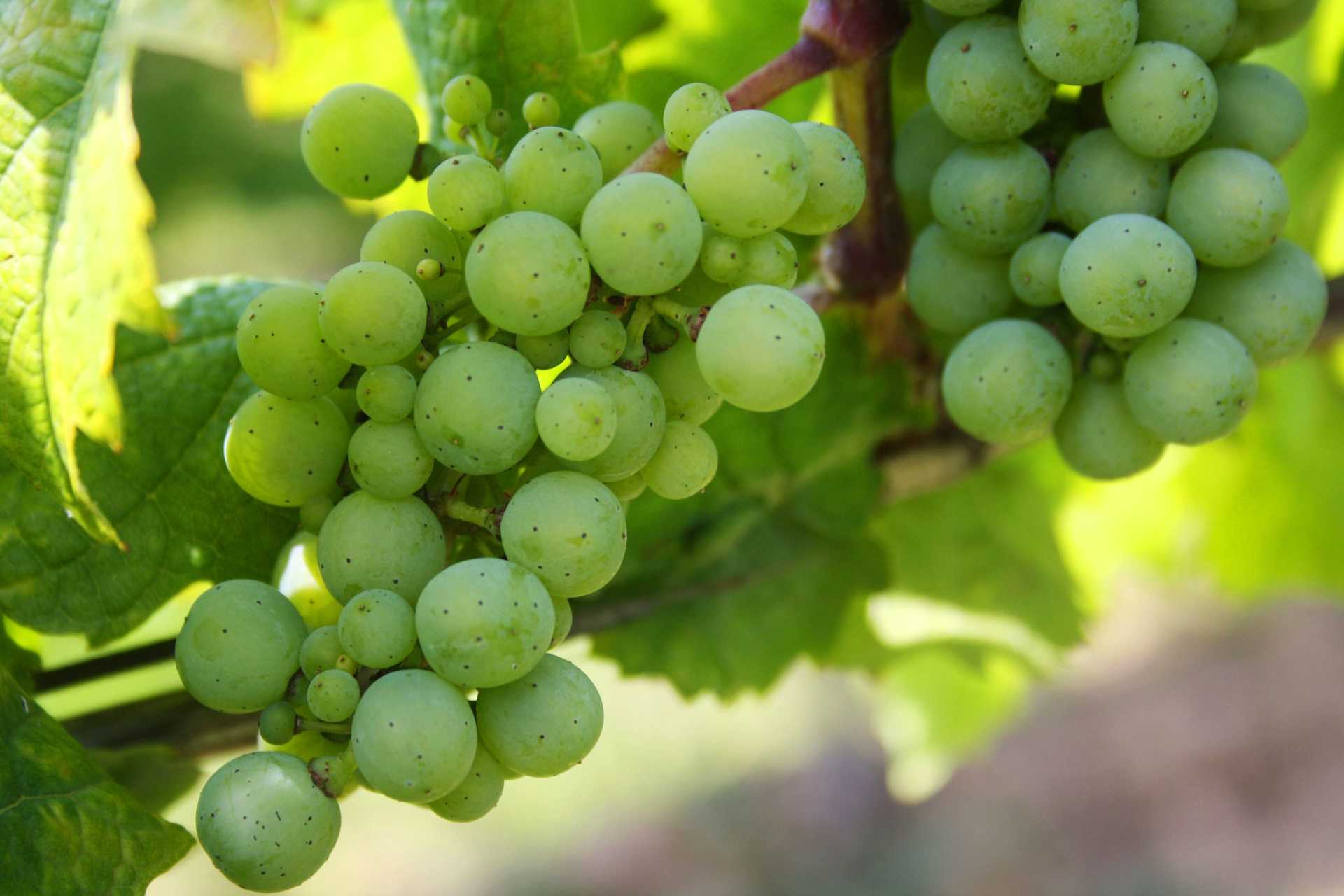Domaine Ollier Taillefer Faugeres Allegro Blanc 2012


Product Details
Your Rating
Somm Note
Winemaker Notes




The villages of Faugères and Fos and their vineyards are the highest in the appellation—as high as 350 meters—and Fos is the most remote in the far northeast corner of the delimited area. This is the home of Ollier-Taillefer, a domain run by siblings Luc and Françoise Ollier. Their parents bottled their first wine in the mid-1970s (before their vows, he was an Ollier and she was a Taillefer), having come from four generations of growers in the region. The oldest vines Luc and Françoise farm today are Carignan, growing in a parcel planted by their great grandparents in 1910. These grapes go into their Grande Réserve cuvée.
Luc joined Domaine Ollier-Taillefer in 1990. Eleven years later he took the viticulture on a sustainable path under the umbrella of the Terra Vitas agency. In 2003, after eleven years as the director of the Faugères syndicate, Françoise joined Ollier-Taillefer. In 2009 they went organic with their farming and the domain received certification three years later. In 2012, with limestone from a quarry near the Pont du Gard, they built a new and quite beautiful cellar that uses a geo-thermal heat exchange to cool and heat the building. It backs up against a hillside, with its roof covered by a deep layer of soil for added insulation, and fundamental operations within are handled by gravity. All water used is captured and recycled.
They farm 36 hectares (89 acres) of vines broken out among 50 parcels, each hand-harvested. A good half of that surface grows between 300 and 350 meters around Fos. The altitude automatically results in lower yields. It also allows them to make wines with high-toned aromatics and moderate alcohols (Grenache at their altitudes ripens fully at 13.5 degrees, whereas down off the ridge at Antugnac, along the southern border of the appellation, similar ripeness translates into 14.5 to 15 degrees–an enormous difference). The resulting wine springboards right into the verdant lushness of garrigue that so characterizes the best of Languedoc’s wines and that Faugères captures so succinctly. Schist is an acidic soil but paradoxically produces wine with relatively low acid levels. That deficit, such as it is, is compensated for by the lift of minerality imparted by the schist into its wine. Ollier-Taillefer’s high elevation takes this one step further, making for wines with particularly fine balance between ripe fruit and degrees of alcohol. This is strikingly apparent in their flagship, the Grande Réserve, raised in tank and unencumbered by wood, a wine bursting with pure finesse.

With hundreds of white grape varieties to choose from, winemakers have the freedom to create a virtually endless assortment of blended white wines. In many European regions, strict laws are in place determining the set of varieties that may be used in white wine blends, but in the New World, experimentation is permitted and encouraged. Blending can be utilized to enhance balance or create complexity, lending different layers of flavors and aromas. For example, a variety that creates a soft and full-bodied white wine blend, like Chardonnay, would do well combined with one that is more fragrant and naturally high in acidity. Sometimes small amounts of a particular variety are added to boost color or aromatics. Blending can take place before or after fermentation, with the latter, more popular option giving more control to the winemaker over the final qualities of the wine.

An extensive appellation producing a diverse selection of good quality and great values, Languedoc spans the Mediterranean coast from the Pyrenees mountains of Roussillon all the way to the Rhône Valley. Languedoc’s terrain is generally flat coastal plains, with a warm Mediterranean climate and frequent risk of drought.
Virtually every style of wine is made in this expansive region. Most dry wines are blends with varietal choice strongly influenced by the neighboring Rhône Valley. For reds and rosés, the primary grapes include Grenache, Syrah, Carignan, Cinsault and Mourvèdre. White varieties include Grenache Blanc, Muscat, Ugni Blanc, Vermentino, Macabéo, Clairette, Piquepoul and Bourbelenc.
International varieties are also planted in large numbers here, in particular Chardonnay, Sauvignon Blanc and Cabernet Sauvignon.
The key region for sparkling wines here is Limoux, where Blanquette de Limoux is believed to have been the first sparkling wine made in France, even before Champagne. Crémant de Limoux is produced in a more modern style.
